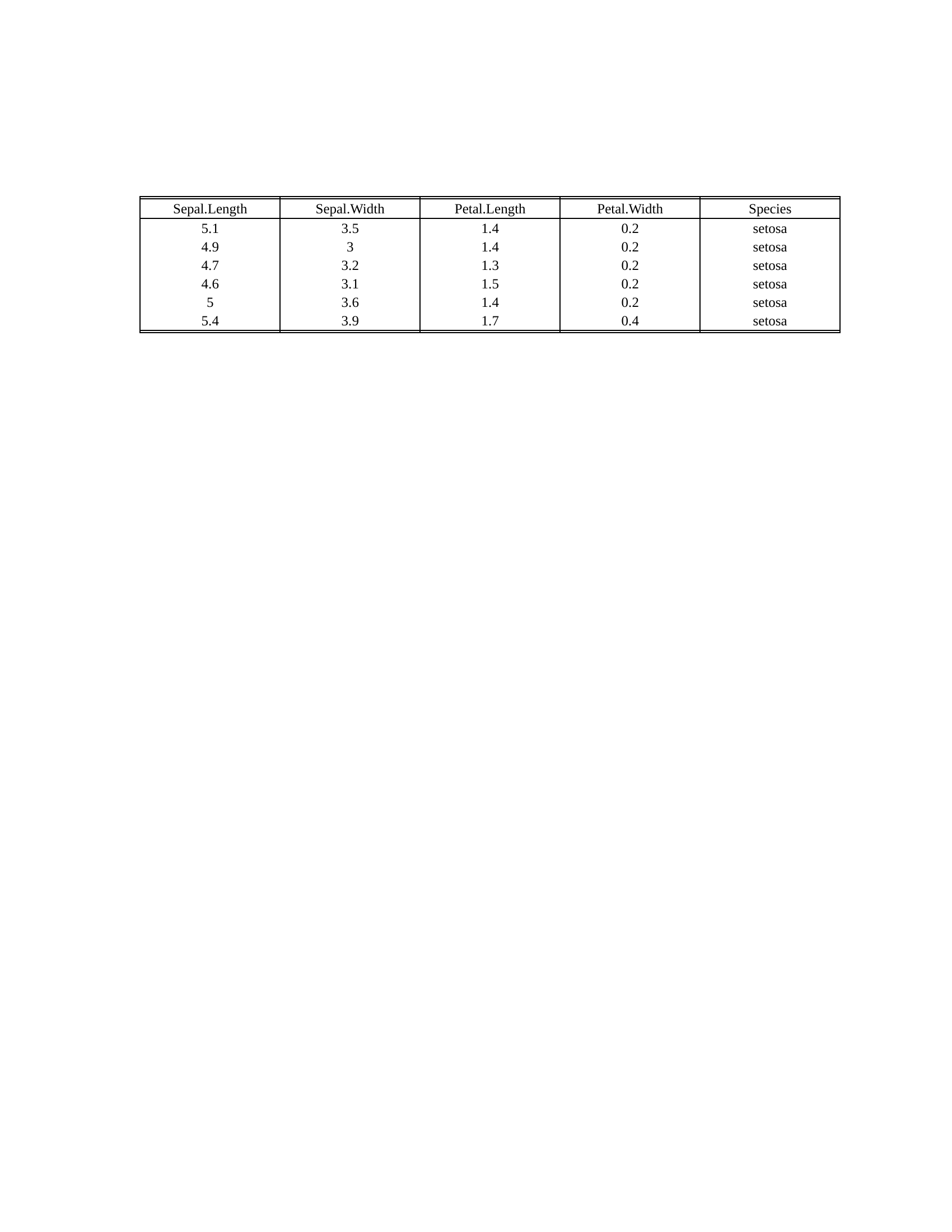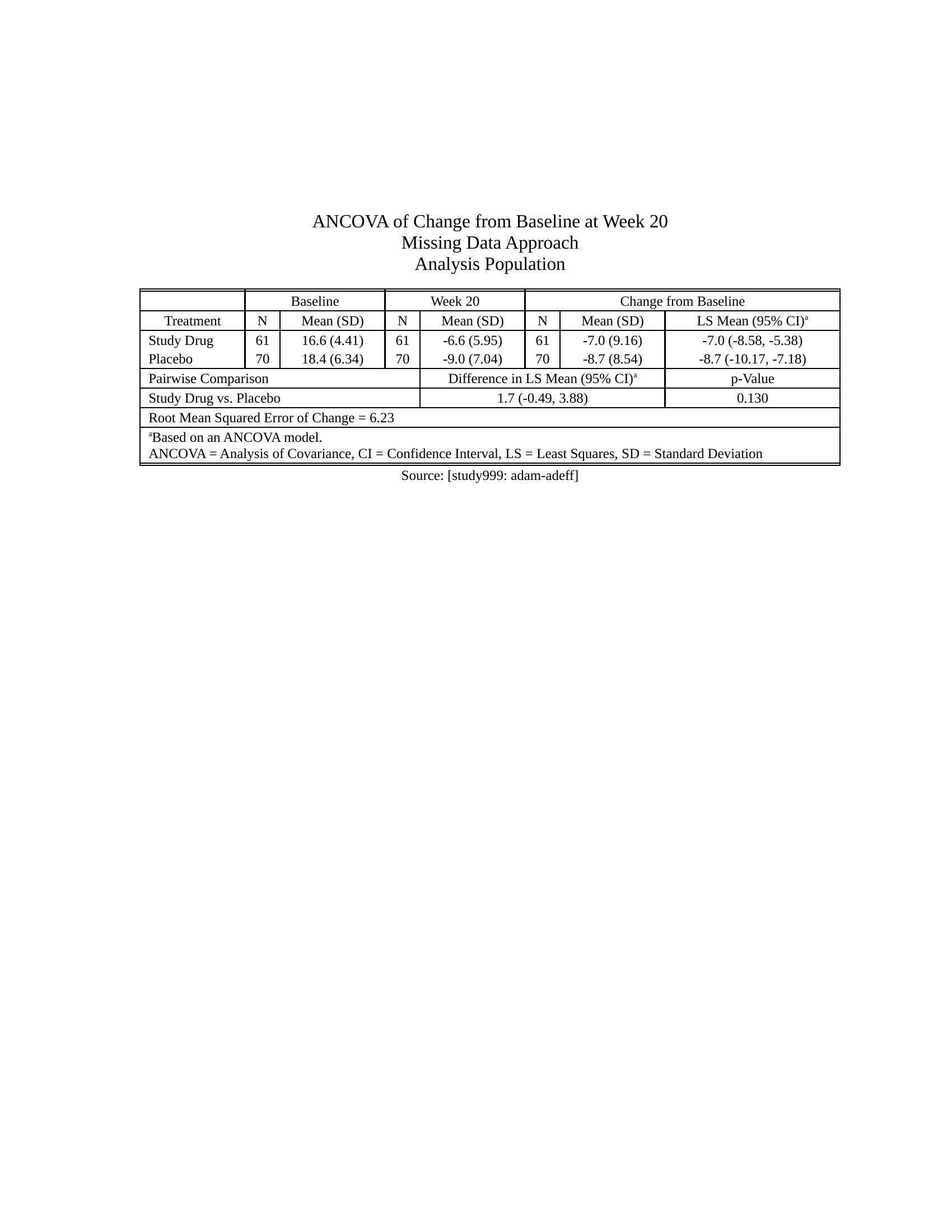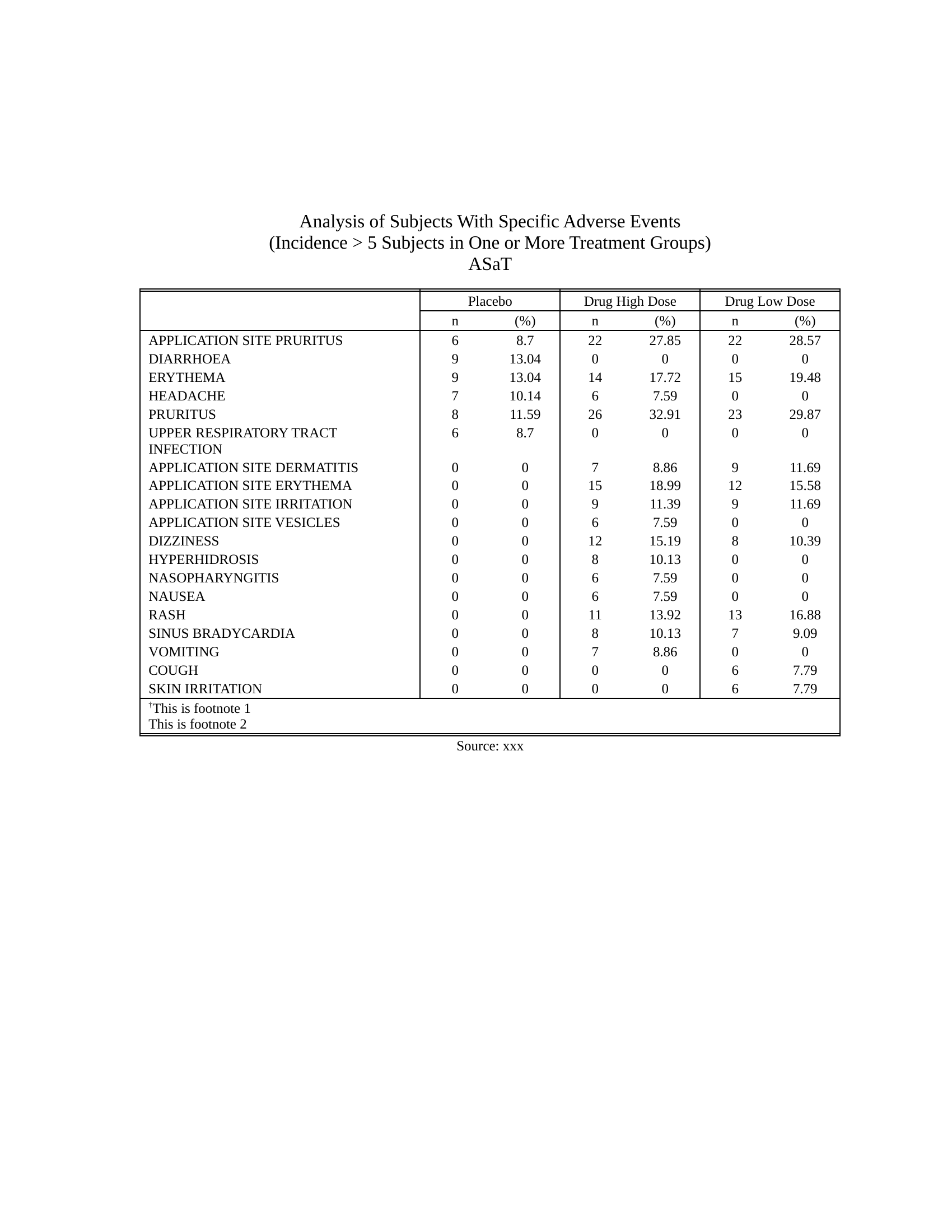README.md
In r2rtf: Easily Create Production-Ready Rich Text Format (RTF) Tables and Figures
r2rtf 
Overview
r2rtf is an R package to create production-ready tables and figures in
RTF format. The package is designed with these principles:
- Provide simple “verb” functions that correspond to each component of a
table, to help you translate data frame(s) to a table in RTF file.
- Functions are chainable with pipes (
%>%).
- Only focus on table format.
- Data manipulation and analysis should be handled by other R
packages, for example, tidyverse.
- Minimize package dependency.
The R for clinical study reports and submission
book provides tutorials by using real world examples.
Installation
You can install the package via CRAN:
install.packages("r2rtf")
Or, install from GitHub:
remotes::install_github("Merck/r2rtf")
Highlighted features
The R package r2rtf provides flexibility to enable features below:
- Create highly customized RTF tables and figures ready for production.
- Simple to use parameters and data structure.
- Customized column header: split by
"|".
- Three required parameters for the output tables (data, filename,
column relative width).
- Flexible and detail control of table structure.
- Format control in cell, row, column and table level for:
- Border Type: single, double, dash, dot, etc.
- Alignment: left, right, center, decimal.
- Column width.
- Text appearance: bold, italics, ~~strikethrough~~, underline
and any combinations.
- Font size.
- Text and border color (657 different colors named in
color()
function).
- Special characters: any character in UTF-8 encoding (e.g., Greek,
Symbol, Chinese, Japanese, Korean).
- Append several tables into one file.
- Pagination.
- Built-in raw data for validation.
Simple example
library(dplyr)
library(r2rtf)
head(iris) %>%
rtf_body() %>% # Step 1 Add attributes
rtf_encode() %>% # Step 2 Convert attributes to RTF encode
write_rtf(file = "ex-tbl.rtf") # Step 3 Write to a .rtf file
Click here to see the output

Example efficacy table
Click here to see the output

Example safety table
Click here to see the output

Citation
If you use this software, please cite it as below.
Wang, S., Ye, S., Anderson, K., & Zhang, Y. (2020). r2rtf—an R Package
to Produce Rich Text Format (RTF) Tables and Figures. PharmaSUG.
https://pharmasug.org/proceedings/2020/DV/PharmaSUG-2020-DV-198.pdf
A BibTeX entry for LaTeX users is
@inproceedings{wang2020r2rtf,
title = {{r2rtf}---an {R} Package to Produce {Rich Text Format} ({RTF}) Tables and Figures},
author = {Wang, Siruo and Ye, Simiao and Anderson, Keaven M and Zhang, Yilong},
booktitle = {PharmaSUG},
year = {2020},
url = {https://pharmasug.org/proceedings/2020/DV/PharmaSUG-2020-DV-198.pdf}
}
Try the r2rtf package in your browser
Any scripts or data that you put into this service are public.
r2rtf documentation built on April 3, 2025, 9:22 p.m.
r2rtf 
Overview
r2rtf is an R package to create production-ready tables and figures in RTF format. The package is designed with these principles:
- Provide simple “verb” functions that correspond to each component of a table, to help you translate data frame(s) to a table in RTF file.
- Functions are chainable with pipes (
%>%). - Only focus on table format.
- Data manipulation and analysis should be handled by other R packages, for example, tidyverse.
- Minimize package dependency.
The R for clinical study reports and submission book provides tutorials by using real world examples.
Installation
You can install the package via CRAN:
install.packages("r2rtf")
Or, install from GitHub:
remotes::install_github("Merck/r2rtf")
Highlighted features
The R package r2rtf provides flexibility to enable features below:
- Create highly customized RTF tables and figures ready for production.
- Simple to use parameters and data structure.
- Customized column header: split by
"|". - Three required parameters for the output tables (data, filename, column relative width).
- Flexible and detail control of table structure.
- Format control in cell, row, column and table level for:
- Border Type: single, double, dash, dot, etc.
- Alignment: left, right, center, decimal.
- Column width.
- Text appearance: bold, italics, ~~strikethrough~~, underline and any combinations.
- Font size.
- Text and border color (657 different colors named in
color()function). - Special characters: any character in UTF-8 encoding (e.g., Greek, Symbol, Chinese, Japanese, Korean).
- Append several tables into one file.
- Pagination.
- Built-in raw data for validation.
Simple example
library(dplyr)
library(r2rtf)
head(iris) %>%
rtf_body() %>% # Step 1 Add attributes
rtf_encode() %>% # Step 2 Convert attributes to RTF encode
write_rtf(file = "ex-tbl.rtf") # Step 3 Write to a .rtf file
Click here to see the output

Example efficacy table
Click here to see the output

Example safety table
Click here to see the output

Citation
If you use this software, please cite it as below.
Wang, S., Ye, S., Anderson, K., & Zhang, Y. (2020). r2rtf—an R Package to Produce Rich Text Format (RTF) Tables and Figures. PharmaSUG. https://pharmasug.org/proceedings/2020/DV/PharmaSUG-2020-DV-198.pdf
A BibTeX entry for LaTeX users is
@inproceedings{wang2020r2rtf,
title = {{r2rtf}---an {R} Package to Produce {Rich Text Format} ({RTF}) Tables and Figures},
author = {Wang, Siruo and Ye, Simiao and Anderson, Keaven M and Zhang, Yilong},
booktitle = {PharmaSUG},
year = {2020},
url = {https://pharmasug.org/proceedings/2020/DV/PharmaSUG-2020-DV-198.pdf}
}
Try the r2rtf package in your browser
Any scripts or data that you put into this service are public.
Add the following code to your website.
For more information on customizing the embed code, read Embedding Snippets.
